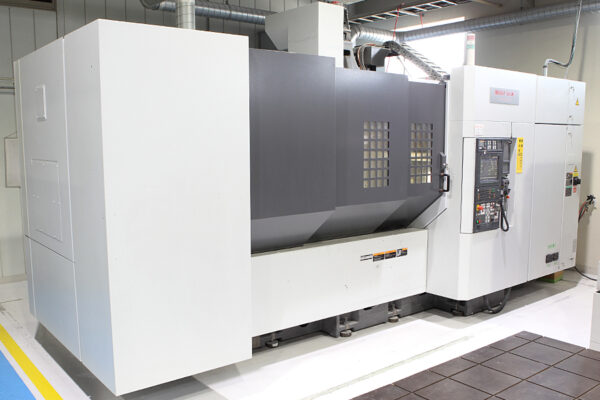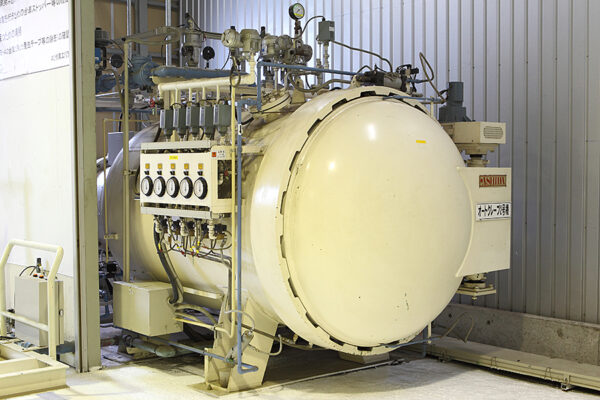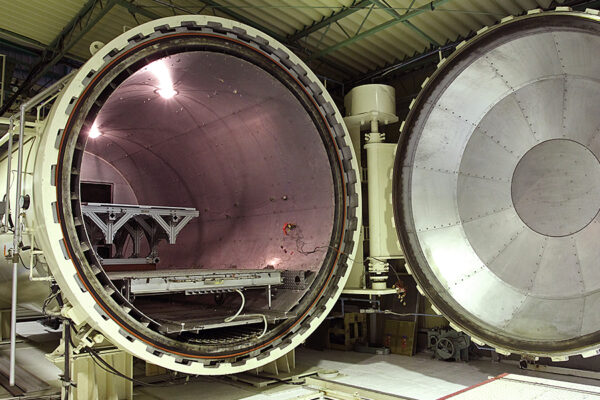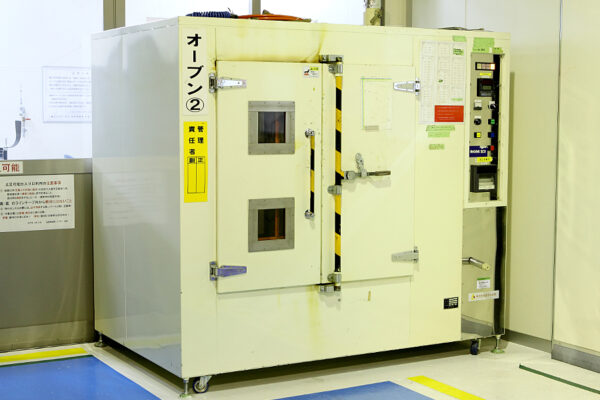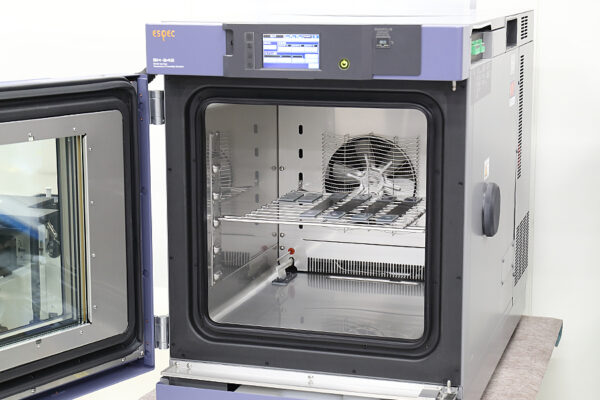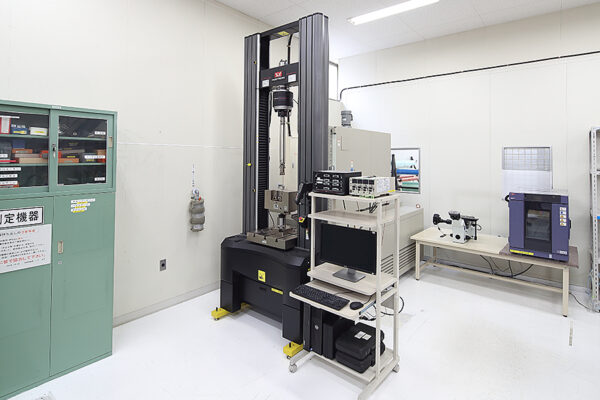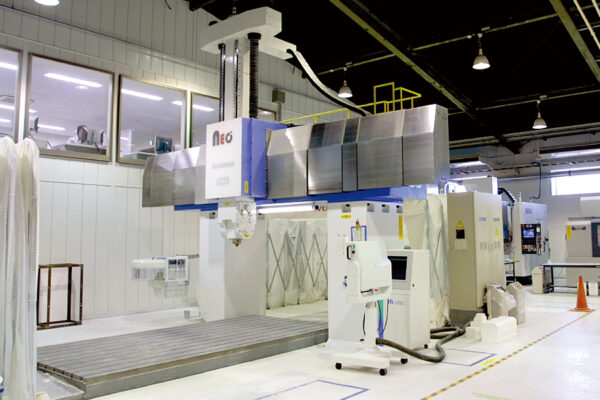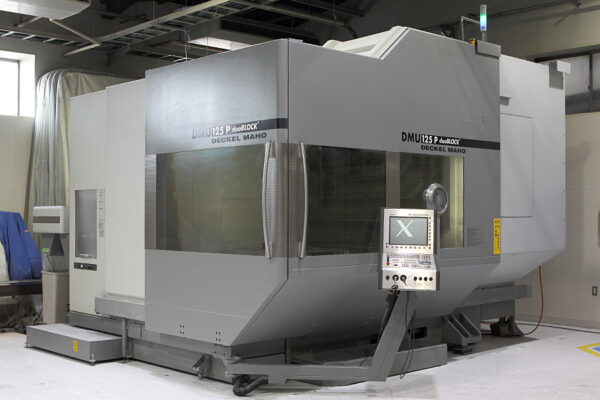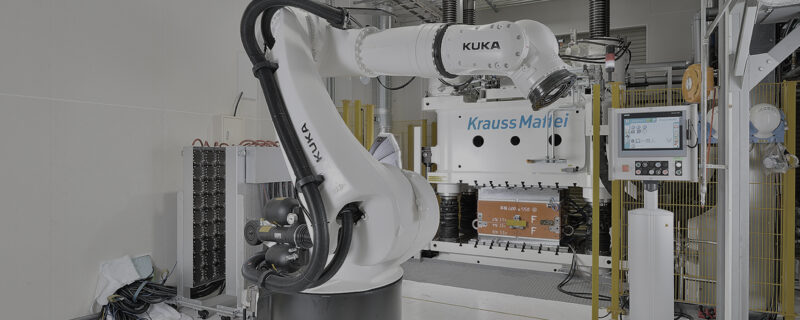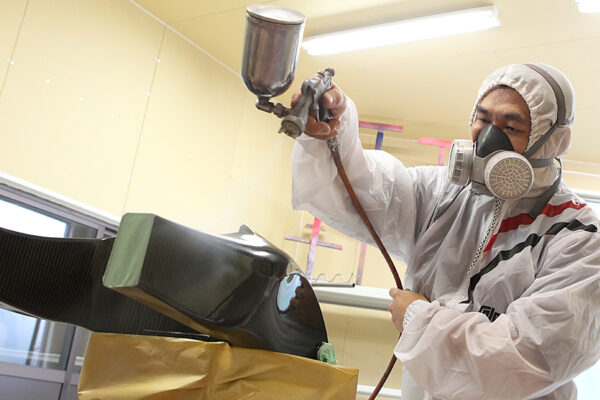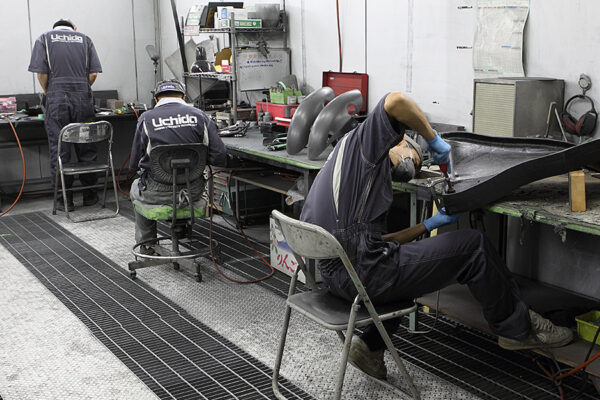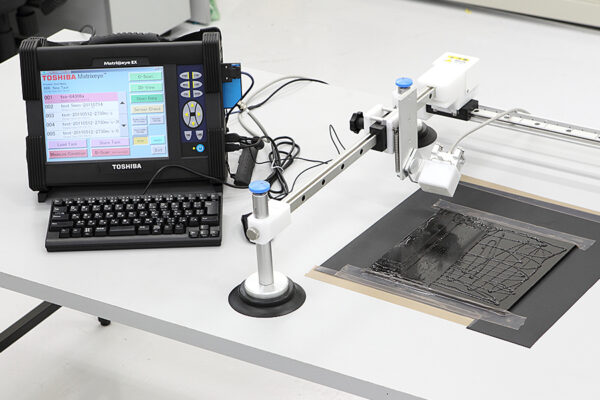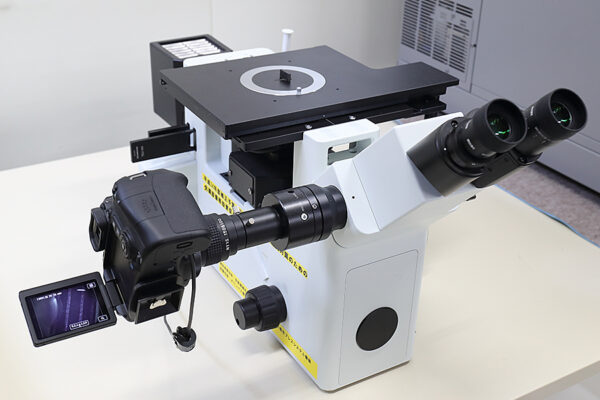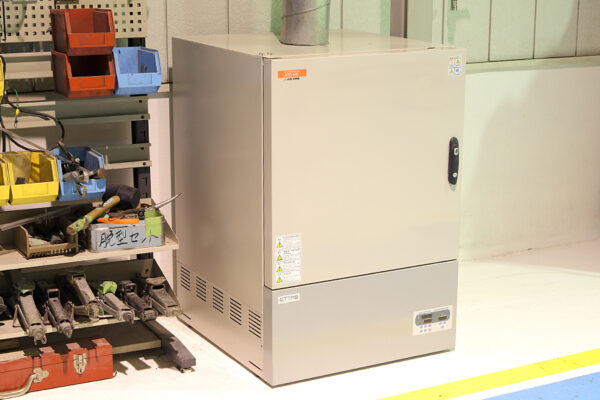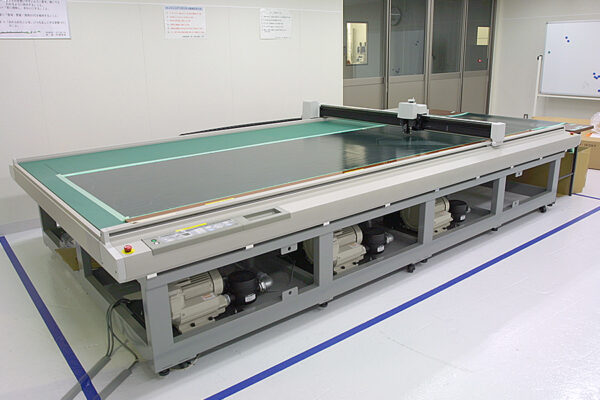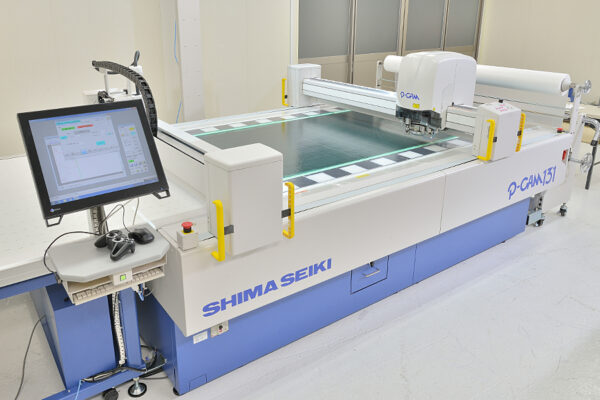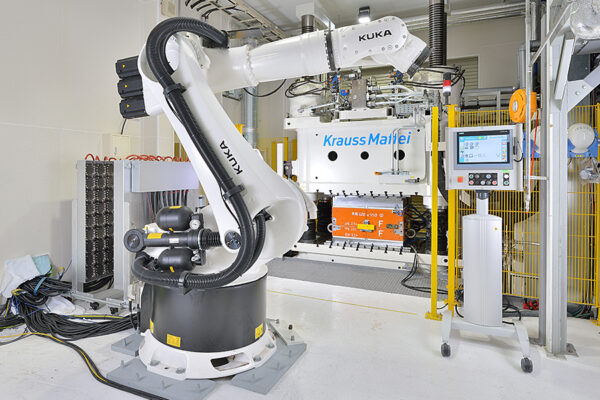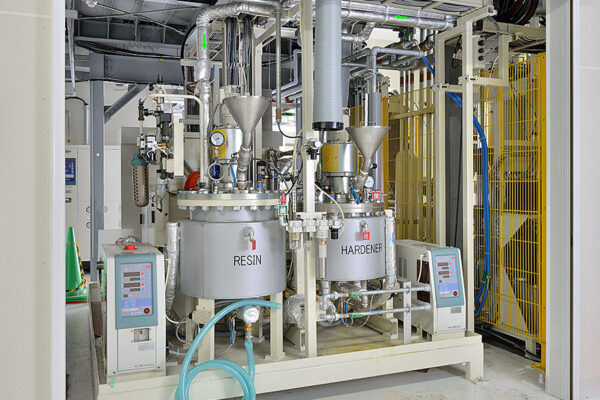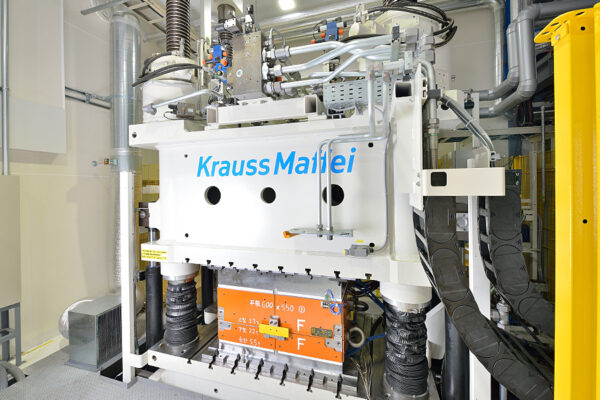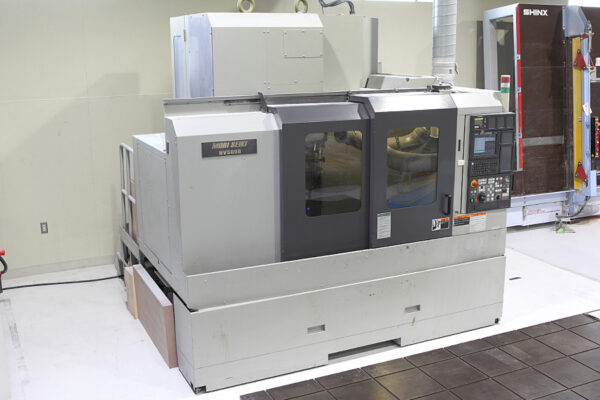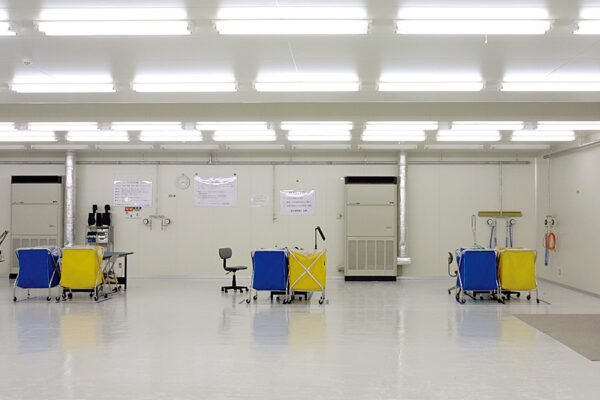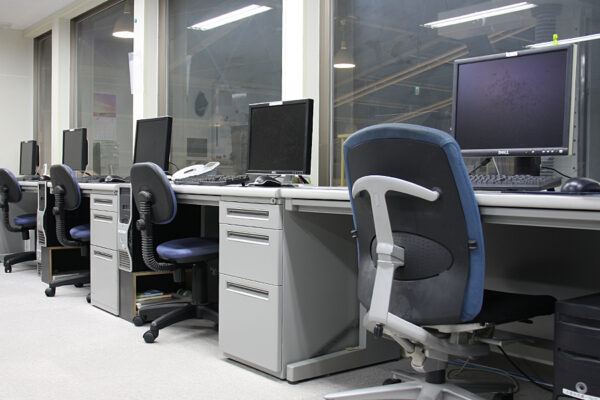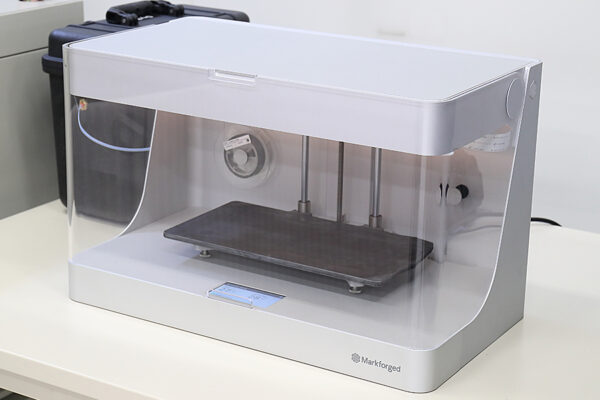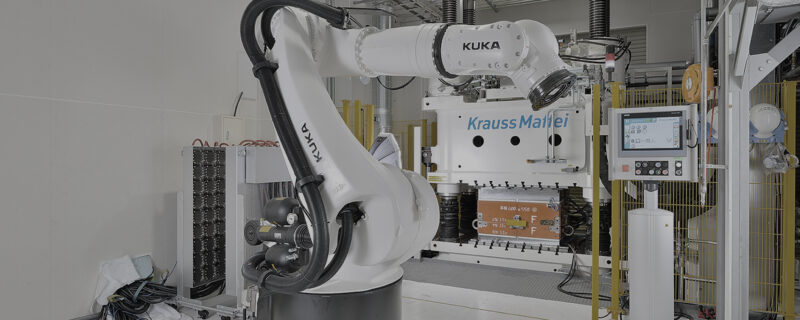Introduction
CFRTP (Carbon Fiber Reinforced Thermoplastic Polymer) is a composite material combining thermoplastic resin and carbon fiber, characterized by light weight, high strength, and excellent formability. CFRTP has the advantages of a relatively simple molding process and high recyclability compared to CFRP (Carbon Fiber Reinforced Polymer), which uses thermosetting resin. CFRTP has the advantages of a relatively simple molding process and high recyclability. This column provides a detailed explanation of the CFRTP manufacturing process and its features.
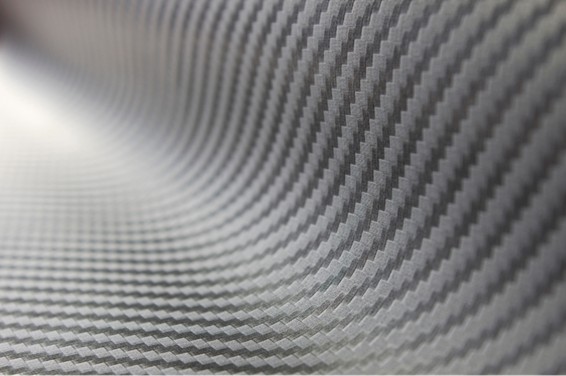
What is CFRTP?
CFRTP is a composite material that combines carbon fiber (CF) and thermoplastic resin (TP). CFRTP combines the strength and light weight of carbon fiber with the moldability of thermoplastic resin. Thermoplastic resin has the property of softening when heated and solidifying when cooled, which allows for repeated molding. This property makes CFRTP a promising material that is easy to mold and recycle.
CFRTP Manufacturing Methods
There are several techniques for manufacturing CFRTP. Typical manufacturing methods include the following
Thermoplastic Carbon Fiber Laminate
In this method, a carbon fiber prepreg (a sheet of carbon fiber pre-impregnated with resin) is laminated over a thermoplastic resin and then heat-compression molded The laminate layer is then heated and compression molded. The laminate layer is heated to soften the resin and integrate the carbon fiber. This method is especially used in the aerospace and automotive industries, as it allows for the manufacture of complex shaped parts with high precision.
– Features: high strength, precision molding, high recyclability
– Applications: automotive parts, aircraft parts, sporting goods

Melt Extrusion
In melt extrusion, thermoplastic resin and carbon fiber are heated together and extruded in a molten state to form sheets or filaments. The melt extrusion process heats thermoplastic resin and carbon fiber together and extrudes them in a molten state to create sheet or filament-like materials. In this method, the resin is uniformly encased in the carbon fibers, resulting in a highly integrated molding process. After cooling, the extruded material is cut into desired shapes or compression molded into the final product.
– Features: close fiber/resin bonding, relatively simple process
– Applications: manufacture of structural components, lightweight parts, and parts
Injection Molding
Injection molding involves heating a thermoplastic resin containing carbon fibers. Injection molding involves heating thermoplastic resin containing carbon fiber and injecting it into a mold. This method is extremely fast and highly efficient. It is particularly suited for mass production, as complex shapes can be produced in large quantities in a short time. It is also highly recyclable, minimizing material loss in the manufacturing process.
– Features: fast production, recyclability, support for complex shapes
– Applications: automotive parts, electronics parts, daily necessities
Thermoforming Pressing
In the thermoforming process, carbon fiber and thermoplastic resin are laminated together and heated to soften the sheet. In the thermoforming process, a sheet of carbon fiber and thermoplastic resin is heated to soften it, placed between molds, and formed by applying pressure. As the thermoplastic resin softens, the sheet material conforms to the shape of the mold, completing the molding process. This method is suitable for molding parts with relatively simple shapes.
– Characteristics: Moldable in a short time, suitable for mass production
– Applications: Interior and exterior vehicle parts, aircraft parts, packaging materials
Features of the CFRTP manufacturing method
The CFRTP manufacturing method is a conventional CFRP (carbon fiber composite material using thermosetting resin) manufacturing method and has the following features.
improved moldability
The use of thermoplastic resin makes it easier to control molding temperatures and shortens the molding cycle, thereby improving production efficiency. In addition, CFRTP can be reprocessed and recycled after molding.
Lightweight and High Strength
With the use of carbon fiber, CFRTP is extremely strong and lightweight, yet the moldability of the resin can be utilized to create parts with complex shapes.
recyclability
The use of thermoplastics allows for the reuse of used CFRTP products. This allows for an environmentally friendly manufacturing process.
durability and heat resistance
CFRTP also performs well in terms of durability and heat resistance. The thermoplastic resin has relatively high heat resistance and can be used in a variety of harsh environments.
Summary
CFRTP is used in aerospace, automotive, and sporting goods applications due to its light weight, high strength, excellent moldability, and recyclable properties. CFRTP can be manufactured by lamination, extrusion, injection molding, and heat press molding methods, each of which is specifically Each is optimized for a specific application. CFRTP technology is expected to continue to evolve and offer even greater convenience and efficiency in the future.

Related useful contents
You can explore related content by clicking on a topic of interest.
ABOUT UCHIDA - 55 years since our founding
We leverage a wealth of technical expertise as a CFRP molding and processing manufacturer using FRP, GFRP, and CFRP materials. We offer a one-stop solution, encompassing design, analysis, manufacturing, secondary processing, assembly, painting, quality assurance, and testing.
UCHIDA's equipment
We have cutting-edge equipment to ensure that we can address even the most advanced challenges of our customers.
Video Library
In the following video, we provide a detailed overview of our manufacturing process. Please feel free to watch and learn more.
Contact us


